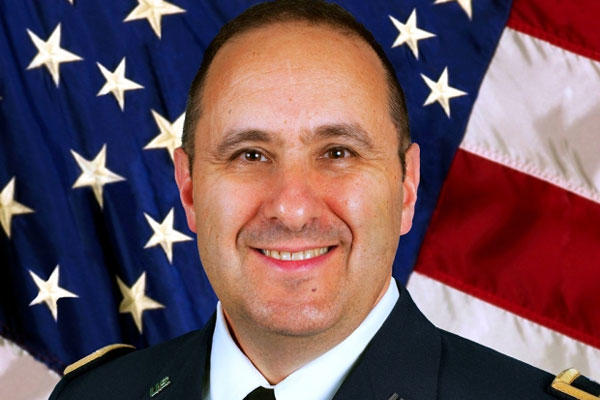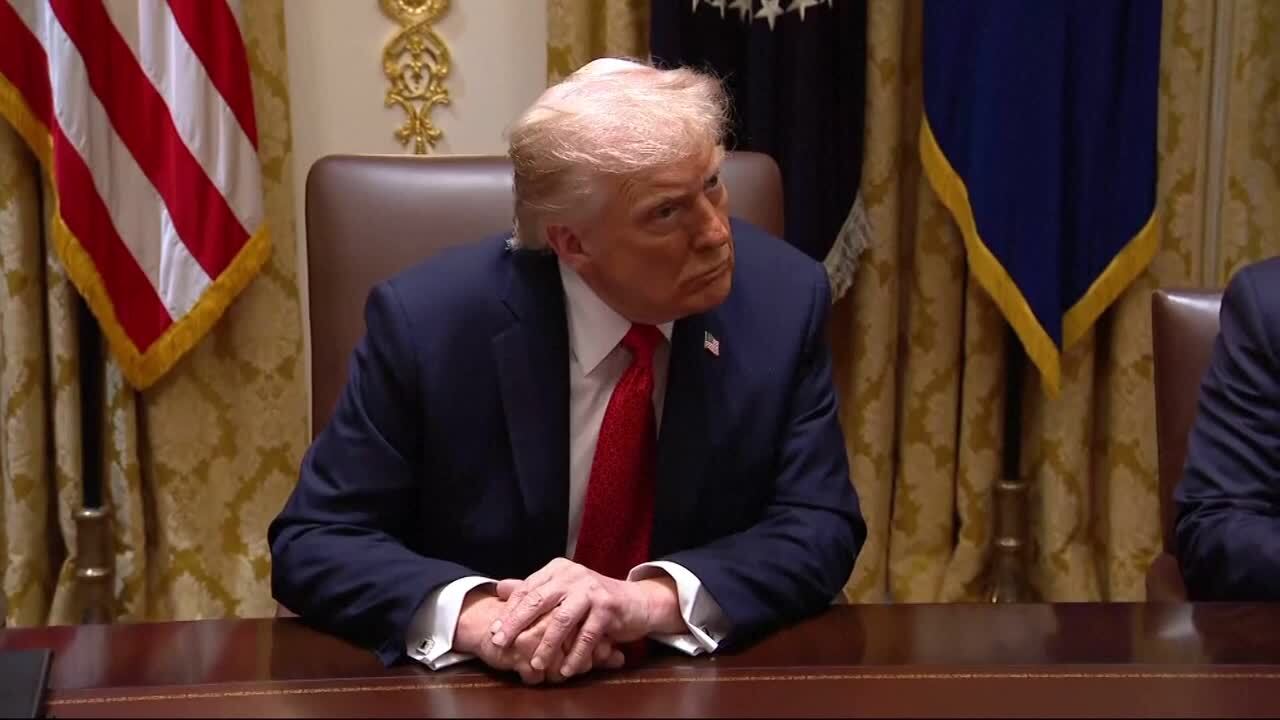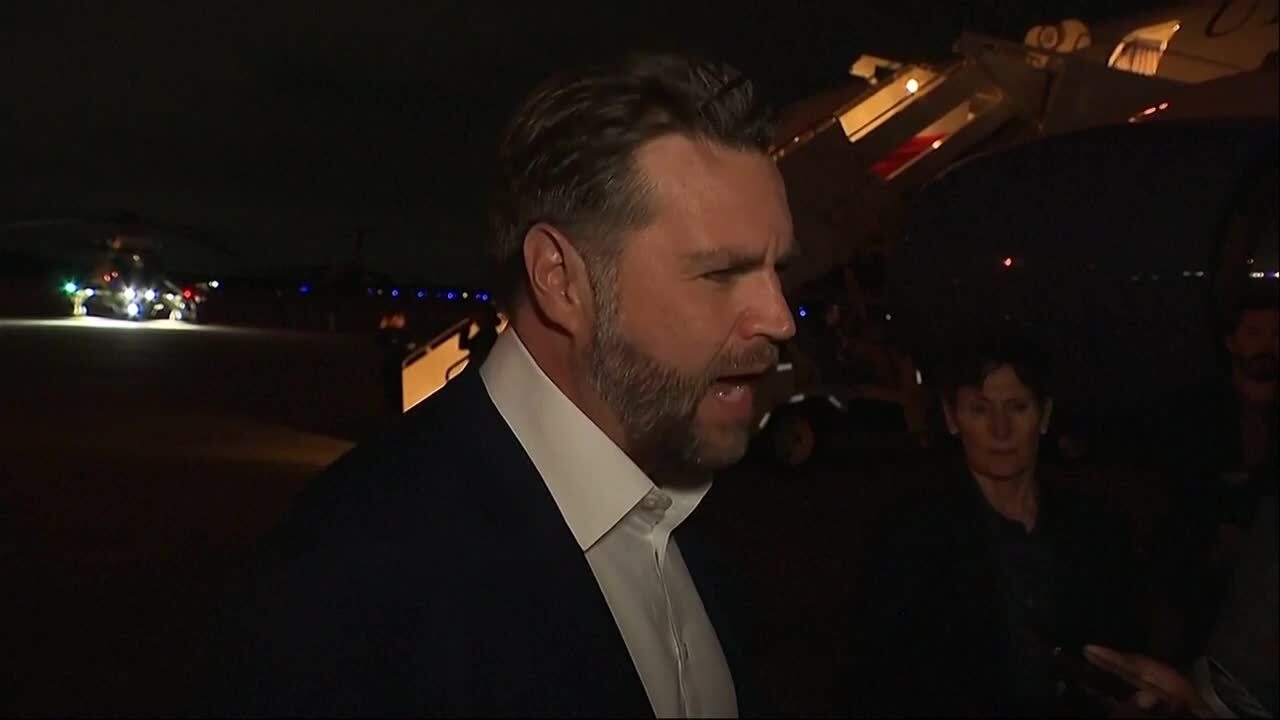The insider attack death of Army Maj. Gen. Harold J. Greene dealt a severe blow to the revamped U.S. plan to set up an Afghan National Security Force (ANSF) able to fend for itself.
As deputy commander of the Combined Security Transition Command-Afghanistan, Greene was the nuts-and-bolts logistics and acquisitions expert who was helping prepare the ANSF to feed, pay and equip its troops when U.S. and coalition combat forces withdraw at the end of this year.
Greene, a 34-year Army veteran, had arrived in Afghanistan in January just as Marine Gen. Joseph Dunford, the outgoing commander of the International Security Assistance Force, was unveiling a revised Security Force Assistance plan for ANSF.
The previous focus had been on building the ANSF and police forces to a strength of about 350,000 and getting them into the field. The focus now would be on maintaining them in the field, Dunford said.
"Over the past few years, we rapidly fielded Afghan forces with a priority on getting them into the fight," Dunford said at the time. "Now, we have shifted our focus to quality and sustainability."
Greene, an engineer who held a doctorate degree, was the key figure in what Dunford called the effort to "assist the Afghans in developing the systems, processes and institutions necessary to support a modern Army and police force."
Dunford and Army Gen. John Campbell, who was tentatively scheduled to replace Dunford as ISAF commander on Aug. 21, will now have to bring a successor to Greene up to speed on the sustainability mission.
Following the attack Tuesday that killed Greene and wounded about 15 coalition troops, Dunford ordered all U.S. and coalition trainers and advisers working out of Afghan ministries to return to their bases indefinitely while U.S. and Afghan officials review the vetting process for Afghan troops.
ISAF has taken similar action in the past to guard against the threat from so-called "green-on-blue" attacks from Afghan police and soldiers, or Taliban infiltrators wearing their uniforms.
In Germany, Defense Secretary Chuck Hagel said Greene's death would not affect the overall Obama administration plan to leave a force of 9,800 troops in Afghanistan next year, cut that force in half in 2016 and have all U.S. troops out in 2017 – with the exception of Embassy security and an Office of Security Cooperation for weapons sales similar to the one in Iraq.
"The episode that happened yesterday in Afghanistan is not going to affect our decision or resolve to continue moving forward on an enduring presence post-2014," Hagel said in Stuttgart. He spoke after meeting with Air Force Gen. Philip Breedlove, commander of the European Command and NATO, at the start of a trip that will also take him to India and Australia.
In Kabul, a military aircraft last night was expected to take the body of Greene, 55, of Falls Church, Va., to the Dover, Delaware, Air Force Base. He will be buried at Arlington National Cemetery with full honors.
Greene's death was "a major blow to our international alliances, and it shows that we cannot build trustworthy and credible military institutions," Javed Kohistani, a military analyst and former Afghan army officer, told the Washington Post. "Whoever was behind this attack has achieved their highest goal. It is no coincidence that a two-star American general was killed," he said.
However, initial reports from the scene suggested that an Afghan soldier fired at random with an automatic weapon from a building at the Marshal Fahim National Defense University at Greene and others who were gathered outside. The shooter was then killed, either by coalition or Afghan troops.
Insider attacks peaked in 2012 but Greene's death and an incident Wednesday underlined the continuing threat.
Afghan officials on Wednesday reported that a police officer in southern Afghanistan killed several other police officers at a highway checkpoint.
The police officer in Uruzgan province allegedly poisoned his colleagues' food, and then opened fire on them before fleeing in a police vehicle, Afghan officials said.
-- Richard Sisk can be reached at richard.sisk@monster.com





























